Home>Articles>How To Keep A Gravel Driveway From Washing Out
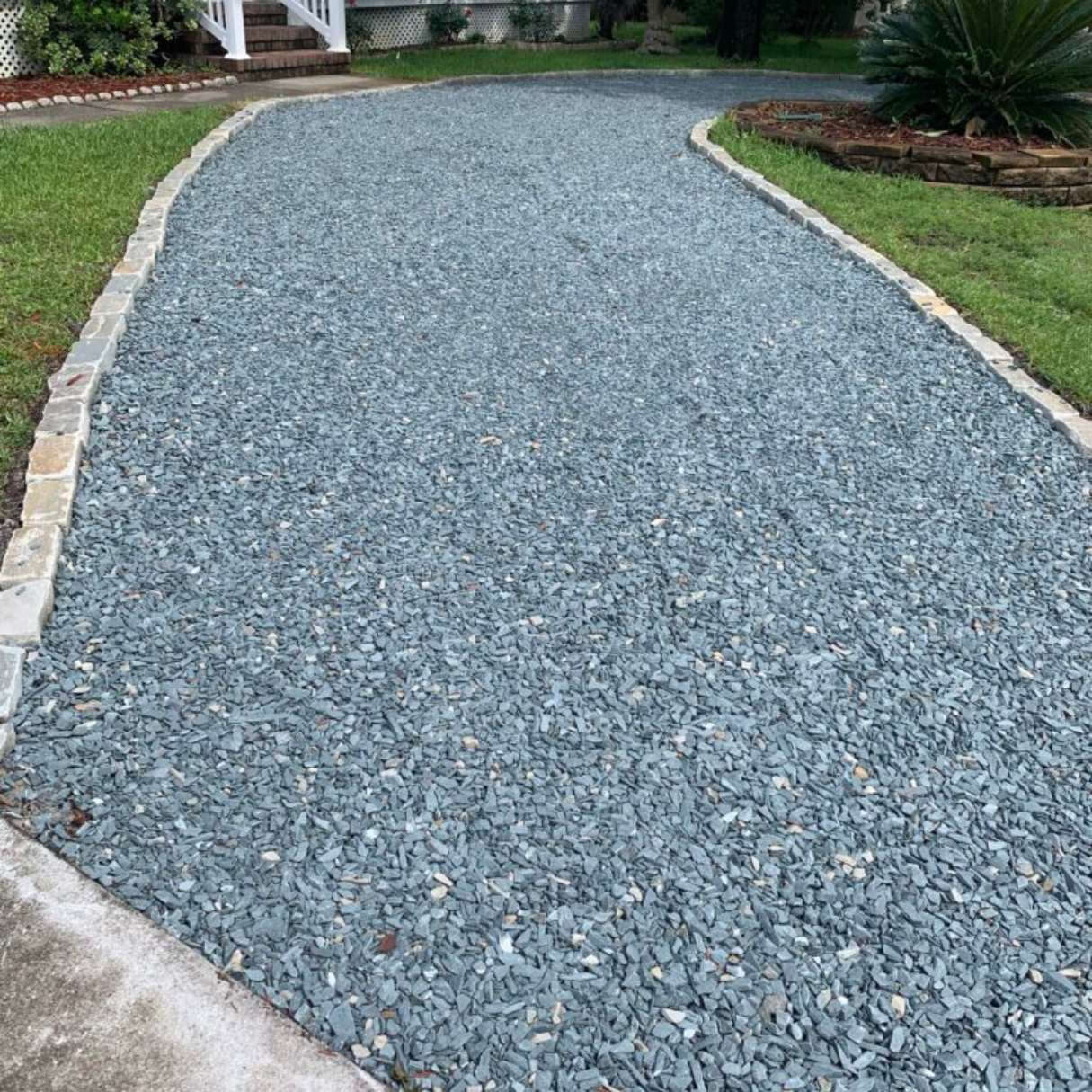

Articles
How To Keep A Gravel Driveway From Washing Out
Modified: May 6, 2024
Prevent erosion and maintain your gravel driveway with these helpful articles and tips. Protect your investment and keep your driveway from washing out.
(Many of the links in this article redirect to a specific reviewed product. Your purchase of these products through affiliate links helps to generate commission for Storables.com, at no extra cost. Learn more)
Introduction
Welcome to our comprehensive guide on how to keep a gravel driveway from washing out. Gravel driveways are a popular choice for homeowners due to their affordability, rustic aesthetics, and low maintenance requirements. However, one common challenge with gravel driveways is the tendency for the gravel to wash away during heavy rain or snowmelt.
When the gravel washes away, it can leave behind unsightly ruts, potholes, and uneven surfaces, making your driveway difficult to navigate and potentially damaging your vehicle. Not to mention, the erosion of gravel can lead to costly repairs and frequent re-grading.
Fortunately, there are several effective strategies and preventive measures you can take to ensure your gravel driveway stays intact and free from water damage. By following these tips and implementing the right techniques, you can maintain a stable, durable, and functional gravel driveway for years to come.
In this article, we will guide you through the process of understanding the problem, assessing the drainage, installing a proper gravel base, using landscape fabric, implementing curbs or edging, and providing proper maintenance for your gravel driveway. Let’s get started!
Key Takeaways:
- Prevent gravel driveway washouts by assessing drainage, installing a solid gravel base, using landscape fabric, and implementing curbs or edging. Regular maintenance is key to preserving the driveway’s longevity and functionality.
- Understanding the causes of gravel washouts and taking proactive measures such as proper installation and maintenance can ensure a stable, durable, and aesthetically pleasing gravel driveway for years to come.
Read more: How To Keep Gravel In Place On Driveway
Understanding the Problem
Before we dive into the solutions, it’s important to understand why gravel driveways are prone to washing out. When water flows over the surface of a gravel driveway, it has the potential to dislodge and carry away the loose gravel particles. This can occur due to the lack of a solid foundation, poor drainage, and the angle or slope of the driveway.
Inadequate drainage is one of the main culprits behind gravel driveway erosion. If your driveway doesn’t have proper slope or grading, water can accumulate in certain areas, leading to pooling and increased erosion. Additionally, if your driveway lacks a well-designed drainage system to divert water away, it can cause significant damage to the surface.
Another factor that contributes to gravel washout is the absence of a solid gravel base. Without a stable foundation, the gravel particles are more susceptible to displacement and erosion. Furthermore, the constant traffic and weight of vehicles can cause the gravel to shift and move, especially on driveways with heavy usage.
Understanding these factors will help you take the necessary steps to prevent washouts and maintain the longevity of your gravel driveway. By implementing the right solutions, you can effectively address the underlying issues and create a stable and durable surface that withstands the forces of nature.
Assessing the Drainage
Assessing the drainage of your gravel driveway is a crucial step in preventing washouts. Proper drainage ensures that water flows away from the surface, reducing the risk of erosion and damage. Here are some key factors to consider when assessing the drainage:
- Observe Water Flow: During rain or after snowmelt, observe how water flows on your driveway. Look for areas where water pools or accumulates. These areas indicate poor drainage and potential erosion hotspots.
- Check the Grade: The grade of your driveway refers to its slope or incline. Ideally, a gravel driveway should have a gentle slope of 2-5% to facilitate water runoff. Use a level or a transit to measure and adjust the slope if necessary.
- Identify Low Spots: Low spots or depressions in your driveway can create areas where water collects. Fill these low spots with additional gravel to level the surface and improve drainage.
- Inspect Ditches and Culverts: If your driveway has ditches or culverts, inspect them to ensure they are clear of debris and functioning properly. Clear any clogs or blockages to allow proper water flow.
- Consider Rainfall Patterns: Take into account the average rainfall in your area and how it may affect your gravel driveway. If you live in a region with heavy rainfall, you may need to implement additional drainage solutions.
By thoroughly assessing the drainage of your gravel driveway, you can identify any potential issues and take appropriate action to improve water flow and prevent washouts. Implementing the right drainage techniques will significantly reduce the risk of erosion and ensure the longevity of your gravel driveway.
Installing Proper Gravel Base
Installing a proper gravel base is essential for creating a stable foundation that prevents washouts and maintains the integrity of your driveway. Here are the steps to follow:
- Clear the Area: Start by clearing the area where your driveway will be located. Remove any vegetation, rocks, or debris that may interfere with the gravel base.
- Slope the Subgrade: Ensure that the subgrade, which is the layer beneath the gravel, is properly sloped to facilitate water drainage. Aim for a 2% slope to ensure efficient runoff.
- Compact the Subgrade: Use a compactor or a hand tamper to compact the subgrade evenly. This will create a solid and even base for the gravel to be laid upon.
- Add Geotextile Fabric: Consider adding a layer of geotextile fabric on top of the compacted subgrade. This fabric acts as a barrier that prevents the mixing of the subgrade and the gravel, while still allowing water to drain through. It helps improve stability and reduces the risk of washouts.
- Select the Right Gravel: Choose the appropriate type and size of gravel for your driveway. Look for angular gravel with a mix of different sizes, as this will interlock and provide better stability. Avoid using rounded gravel, as it tends to move more easily.
- Spread and Compact the Gravel: Spread a layer of gravel evenly on top of the geotextile fabric. Aim for a thickness of about 4-6 inches. Use a compactor or a hand tamper to compact the gravel, ensuring a solid and level surface.
- Add Gravel as Needed: If necessary, add more gravel to achieve the desired thickness and levelness. Be sure to compact each additional layer as well.
By installing a proper gravel base, you create a solid and stable foundation that can withstand heavy traffic and minimize the risk of washouts. The gravel base provides support and helps prevent the displacement of gravel particles, ensuring the longevity and functionality of your driveway.
To keep a gravel driveway from washing out, install a proper drainage system, use a geotextile fabric under the gravel, and regularly maintain the surface by filling in any low spots and raking the gravel.
Using Landscape Fabric
Using landscape fabric is an effective strategy to further prevent gravel washouts and enhance the stability of your driveway. Landscape fabric acts as a barrier, preventing the mixing of the subgrade and the gravel while allowing water to drain through. Here’s how you can use landscape fabric in your gravel driveway:
- Cut and Lay the Fabric: Measure the dimensions of your driveway and cut the landscape fabric accordingly. Lay the fabric over the compacted subgrade, ensuring it covers the entire area.
- Overlap the Seams: If your driveway is wider than the width of the landscape fabric, overlap the seams by at least 6 inches. This ensures seamless coverage and reduces the risk of water infiltration.
- Secure the Fabric: Use landscaping staples or anchor pins to secure the landscape fabric to the subgrade. Place the staples or pins approximately every 3-4 feet along the edges and at the overlap seams.
- Make Cross Cuts: Using a utility knife, make small cross cuts in the fabric to accommodate plants or shrubs that may grow through the gravel. This allows for proper growth while still maintaining the integrity of the fabric as a barrier against erosion.
- Spread Gravel: Once the landscape fabric is secured, proceed to spread the gravel evenly over the fabric. The fabric will help keep the gravel in place and reduce the risk of displacement during heavy rainfall or vehicle traffic.
- Ensure Proper Drainage: Before compacting the gravel, make sure that water can easily drain through the landscape fabric and into the subgrade. This will prevent water from pooling on the surface and causing erosion.
Using landscape fabric provides an additional layer of protection against gravel washouts. It helps maintain a stable and even surface, prevents weed growth, and enhances the overall lifespan of your gravel driveway.
Read more: How To Maintain Gravel Driveway
Implementing Curbs or Edging
Implementing curbs or edging along the sides of your gravel driveway is a practical solution to prevent the gravel from spreading and washing out. Curbs or edging serve as a physical barrier that helps contain the gravel and maintain its integrity. Here’s what you need to know about implementing curbs or edging:
- Choose the Right Material: Select a material for the curbs or edging that is durable, weather-resistant, and complements the aesthetics of your driveway. Some common options include concrete curbs, plastic or metal edging, or natural stone.
- Prepare the Ground: Clear the area along the edges of your driveway where the curbs or edging will be installed. Remove any obstacles, vegetation, or excess gravel to ensure a clean and even surface.
- Install the Curbs or Edging: Place the curbs or edging along the sides of your driveway, ensuring a snug fit and secure installation. Depending on the type of material, you may need to use stakes, anchors, or adhesive to hold them in place.
- Consider Curved Shapes: Curved curbs or edging can not only add a visually appealing touch to your driveway but also help direct water flow away from the surface. Consider incorporating gentle curves or bends in the design to enhance functionality and aesthetics.
- Ensure Proper Drainage: Make sure that the curbs or edging do not hinder the natural drainage of water. Provide gaps or spacing between sections to allow for water to flow through and prevent water buildup along the edges of the driveway.
- Maintain the Curbs or Edging: Regularly inspect and maintain the curbs or edging to ensure they remain in good condition. Repair any cracks, gaps, or damage promptly to prevent gravel from spilling over and washouts from occurring.
By implementing curbs or edging, you create a defined border that helps contain the gravel within your driveway. This prevents it from spreading and washing out onto surrounding areas, ensuring the stability and aesthetics of your gravel driveway for years to come.
Proper Maintenance
Maintaining your gravel driveway is key to preventing washouts and preserving its longevity. Regular maintenance will help keep the surface smooth, prevent weed growth, and ensure proper drainage. Here are some essential maintenance tips to follow:
- Regular Inspections: Perform regular inspections of your gravel driveway to identify any signs of damage, erosion, or areas in need of repair. Look for potholes, ruts, or areas where the gravel has washed away.
- Fill in Potholes and Ruts: Use additional gravel to fill in any potholes or ruts that have formed. Make sure to compact the gravel firmly to create a smooth and level surface.
- Regrade the Driveway: If you notice significant drainage issues or areas with continuous washouts, consider regrading the driveway to improve the slope and ensure proper water runoff.
- Remove Weeds and Vegetation: Regularly remove any weeds, grass, or vegetation that may grow through the gravel. This will not only improve the appearance of your driveway but also prevent roots from causing damage and disrupting the stability of the surface.
- Keep Surface Clean: Remove debris, leaves, and other materials that may accumulate on the surface of your driveway. Using a broom or a leaf blower is an effective method to keep the gravel clean and minimize the risk of water pooling or clogging the drainage.
- Address Drainage Issues: Continuously monitor the drainage of your gravel driveway. If you notice areas where water accumulates or flows in an undesirable pattern, take appropriate steps to improve the drainage system, such as adding additional ditches or culverts.
- Periodic Gravel Top-ups: Over time, the gravel in your driveway may naturally displace or erode. Periodically add a layer of fresh gravel to maintain an even and stable surface. This will help prevent washouts and maintain the aesthetic appeal of your driveway.
- Winter Maintenance: During winter, when ice and snow are present, take extra precautions to prevent damage to your gravel driveway. Use a plastic or rubber snow shovel to remove snow, rather than metal tools that can scratch the surface.
By implementing proper maintenance practices, you can significantly reduce the risk of gravel washouts and ensure the long-term durability of your driveway. Regular inspections, minor repairs, and proactive care will go a long way in preserving the functionality and aesthetic appeal of your gravel driveway.
Conclusion
In conclusion, maintaining a gravel driveway and preventing washouts requires a combination of careful planning, proper installation, and proactive maintenance. By following the strategies outlined in this article, you can ensure that your gravel driveway remains intact, stable, and aesthetically pleasing for years to come.
Understanding the potential causes of gravel washouts and assessing the drainage of your driveway are important initial steps. By addressing issues such as poor slope, inadequate grading, or improper water flow, you can take preventative measures from the beginning.
Installing a proper gravel base and using landscape fabric provides a solid foundation and acts as a barrier to prevent the displacement of gravel particles. This combination significantly reduces the risk of washouts and erosion, enhancing the durability of your driveway.
Implementing curbs or edging along the sides of your gravel driveway helps contain the gravel and prevent spreading, creating a defined border that gives a tidy and polished appearance while also assisting in redirecting water flow.
Proper maintenance is crucial for the upkeep of your gravel driveway. Conduct regular inspections, fill in potholes and ruts, remove weeds and debris, and address any drainage issues promptly. By implementing these maintenance practices, you can prevent damage, prolong the lifespan of your driveway, and maintain its functionality and visual appeal.
Remember, a gravel driveway can be an affordable and attractive option, but without proper care, it can succumb to washouts and erosion. By taking the necessary steps outlined in this article, you can ensure that your gravel driveway remains intact and reliable, providing you with a durable surface for years to come.
Now that you've got the lowdown on maintaining a gravel driveway, why not spruce up your outdoor space even more? If you're eyeing a fresh look for your garden, our next feature offers creative inspiration with practical designs. From simple wooden barriers to ornate metal installations, you'll find ideas that not only boost curb appeal but also enhance your landscaping efforts. Ready to give your garden a transformation? Check out our guide on stylish yet functional garden fences.
Frequently Asked Questions about How To Keep A Gravel Driveway From Washing Out
Was this page helpful?
At Storables.com, we guarantee accurate and reliable information. Our content, validated by Expert Board Contributors, is crafted following stringent Editorial Policies. We're committed to providing you with well-researched, expert-backed insights for all your informational needs.
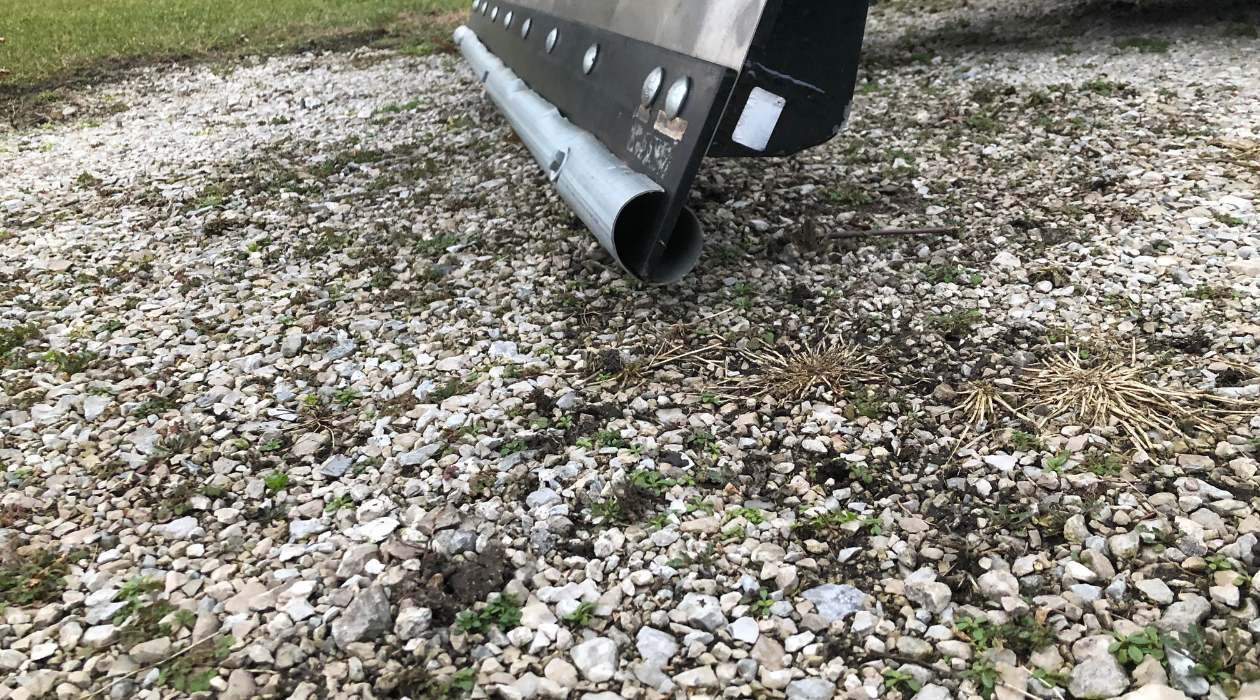
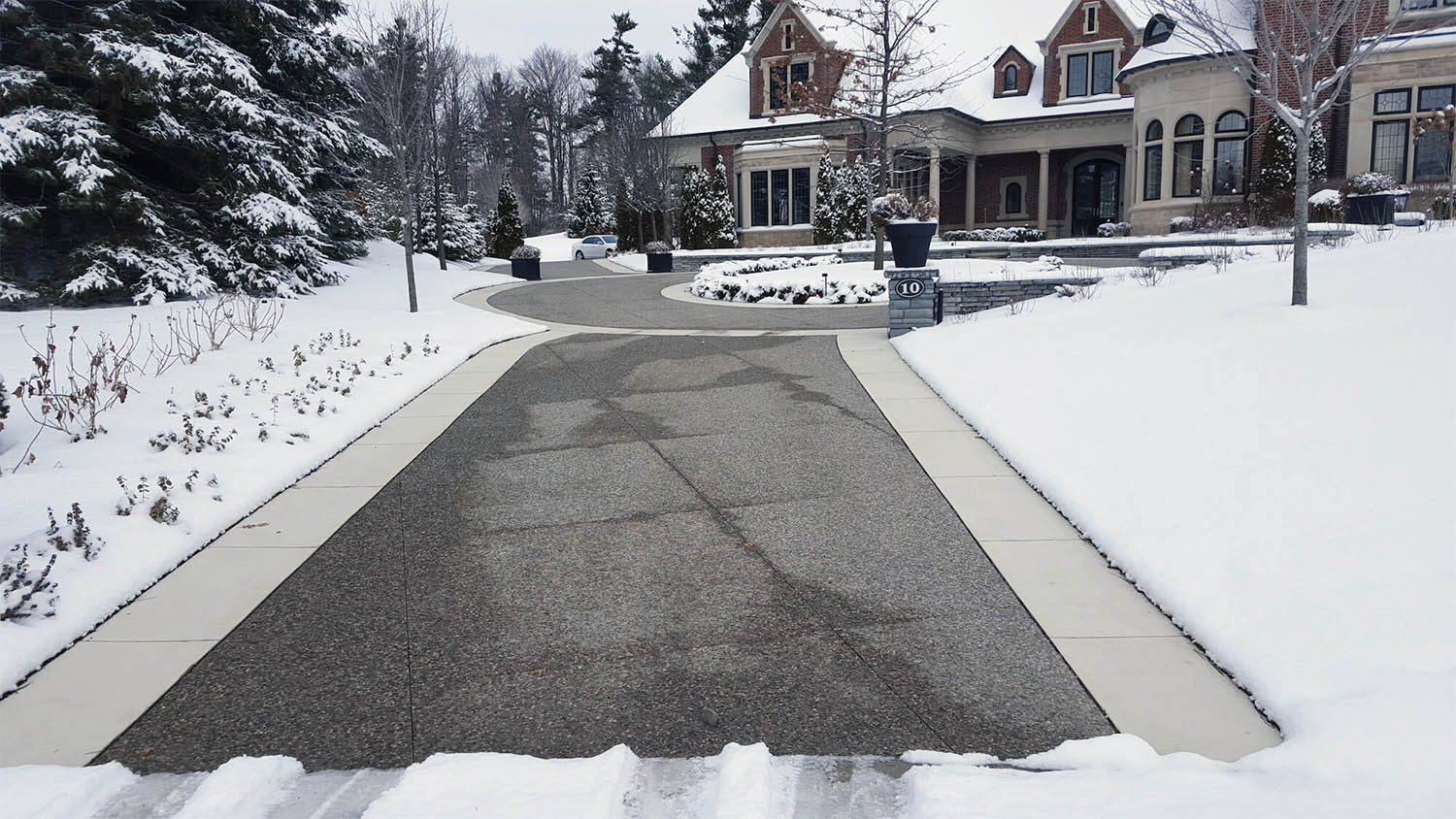
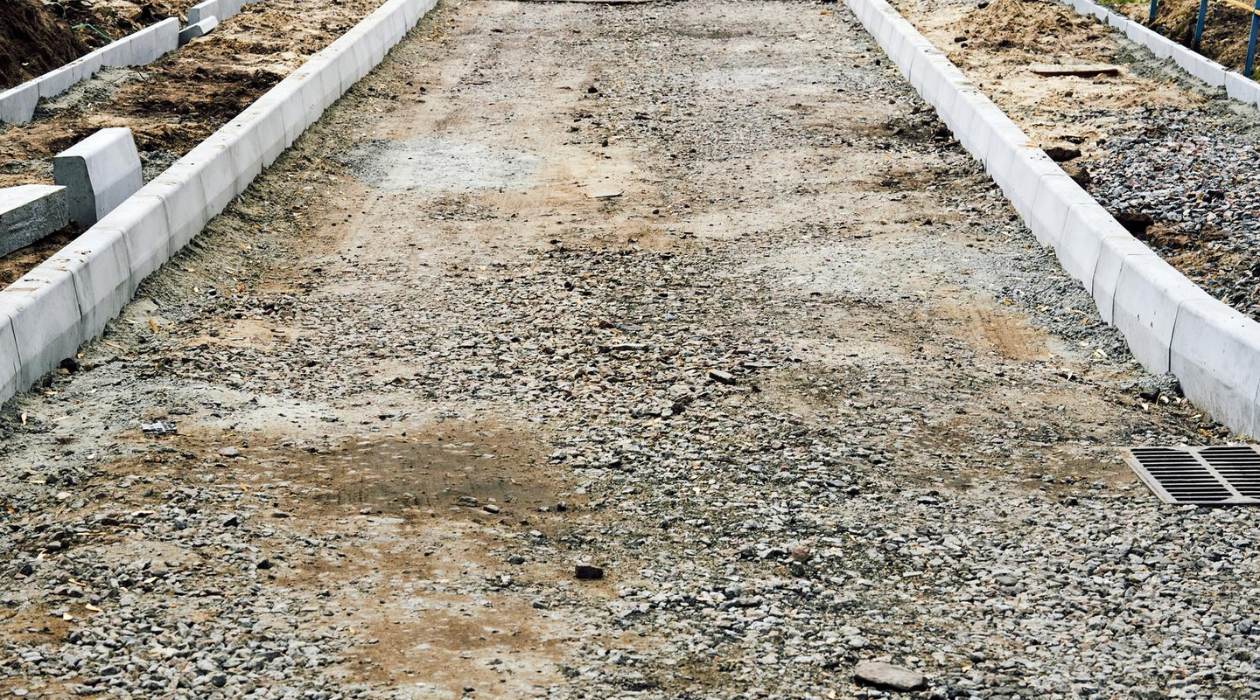
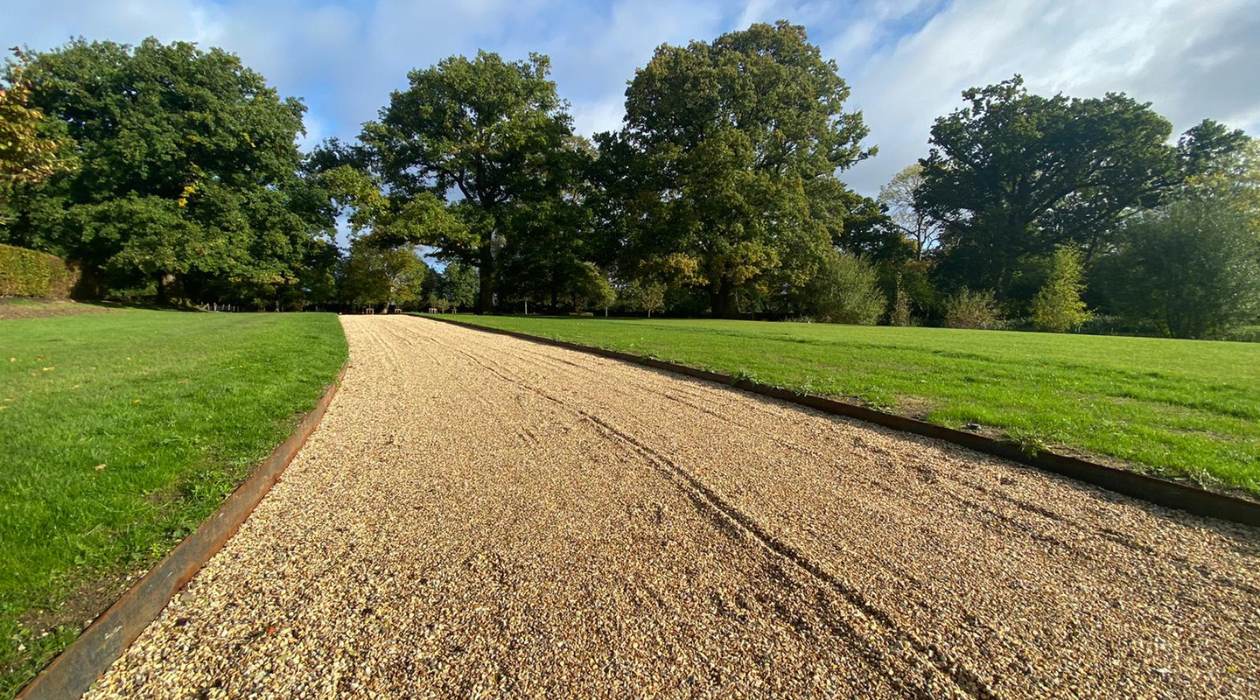
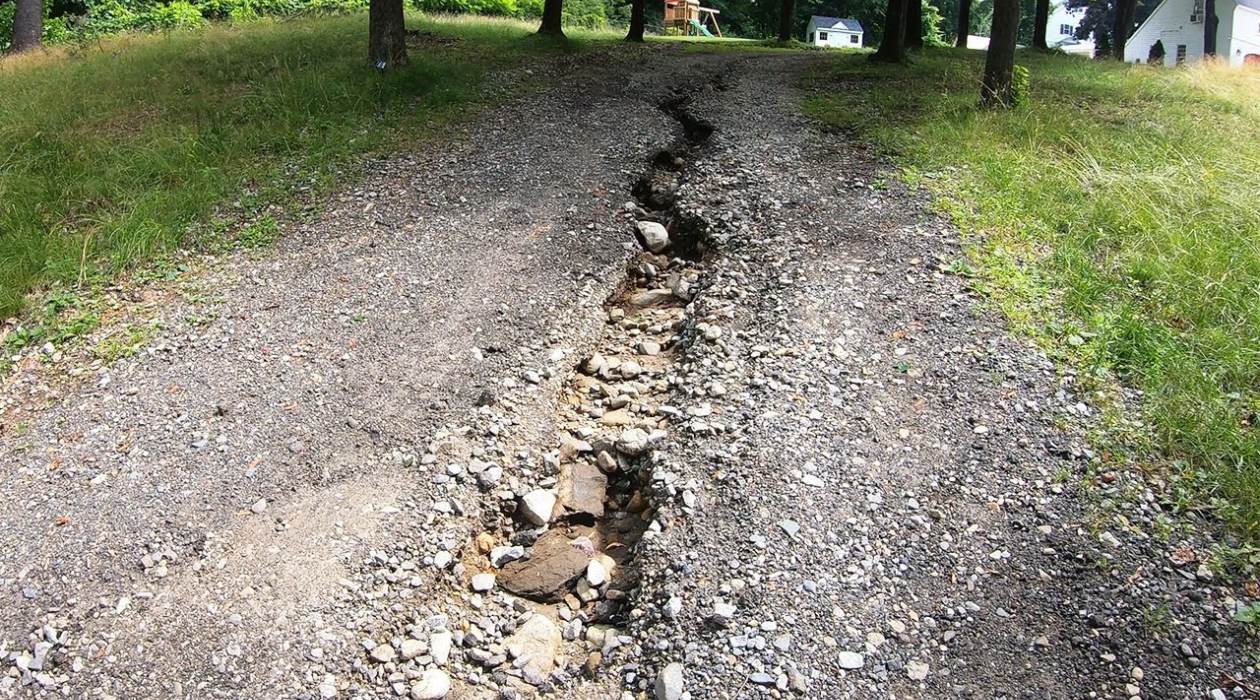
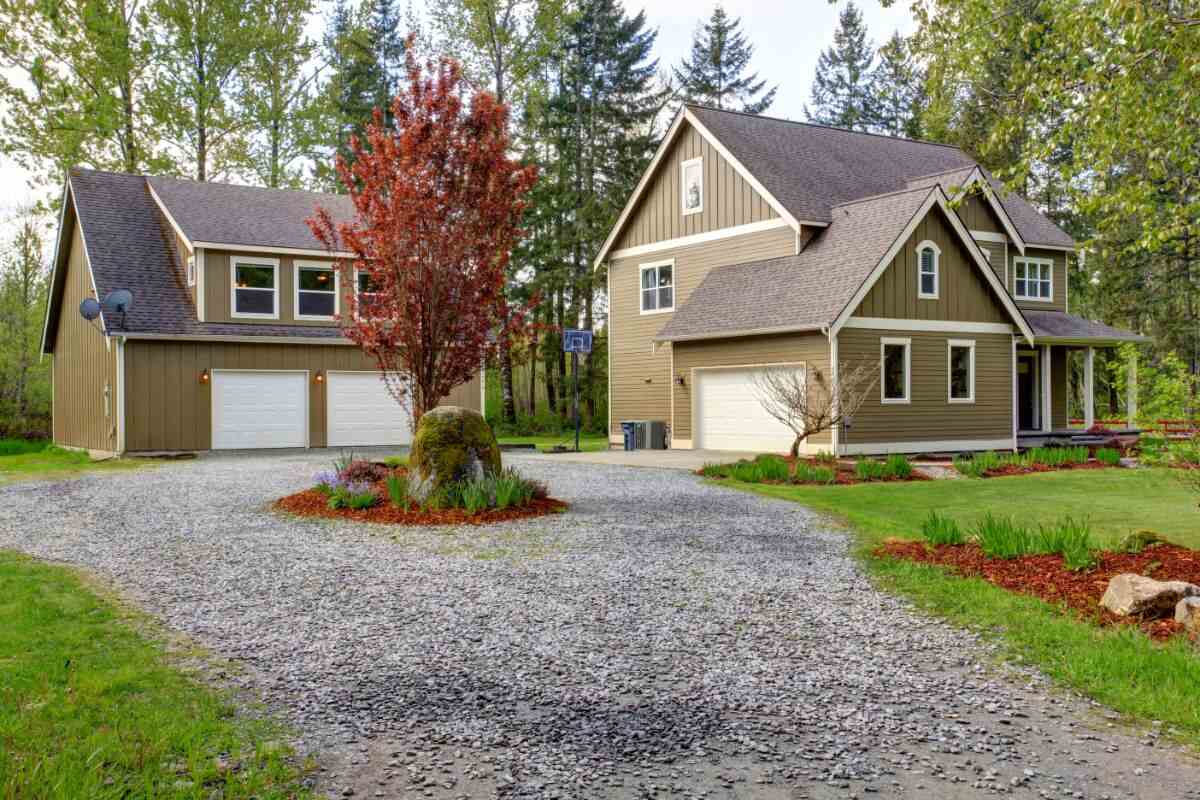
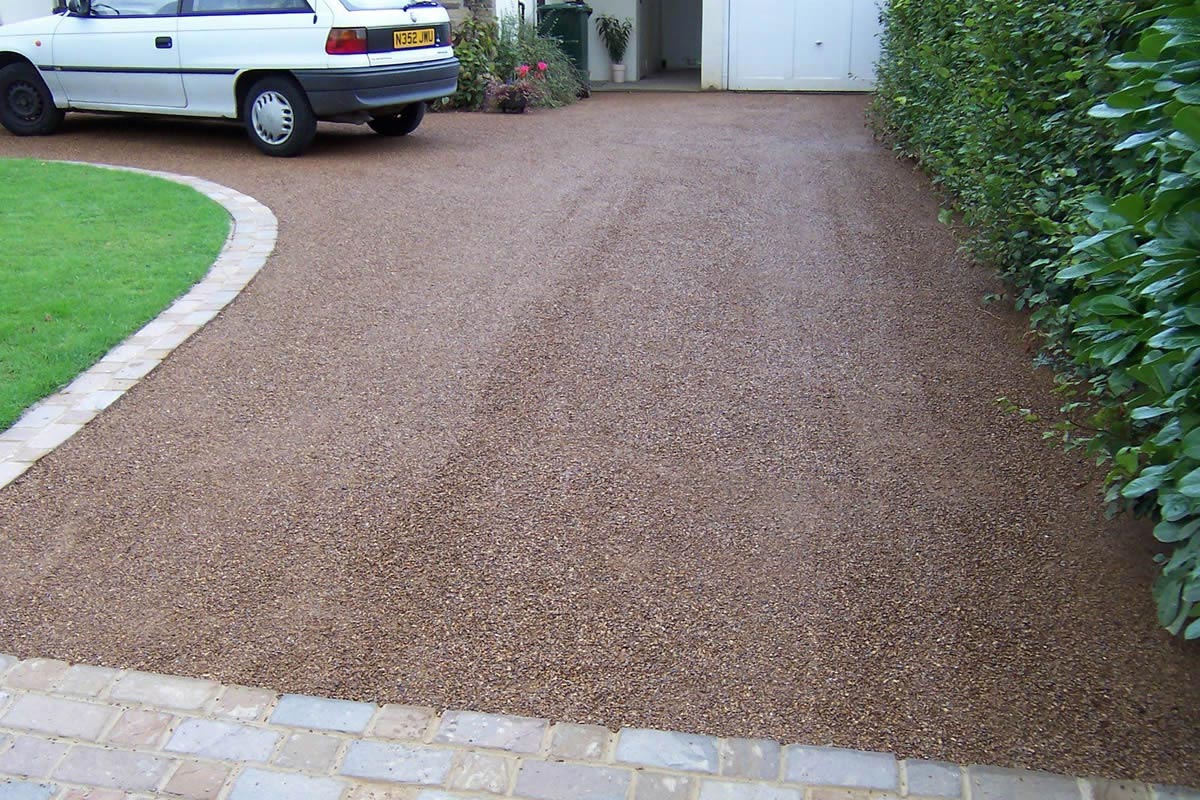
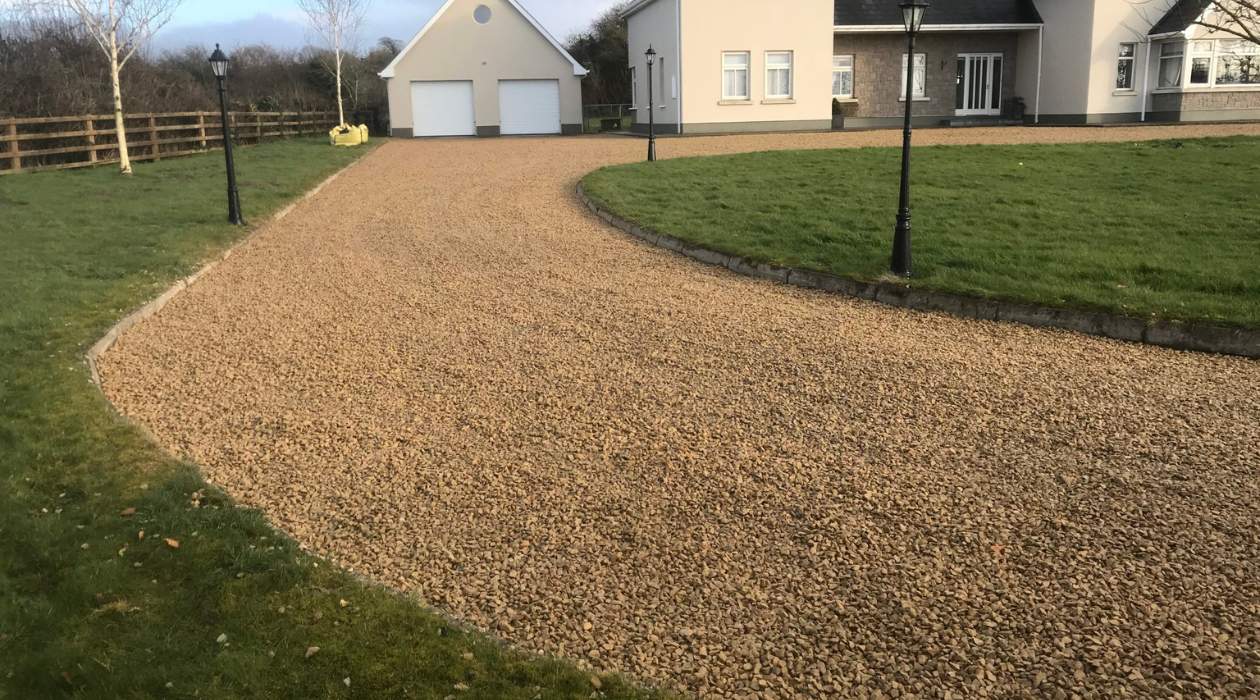
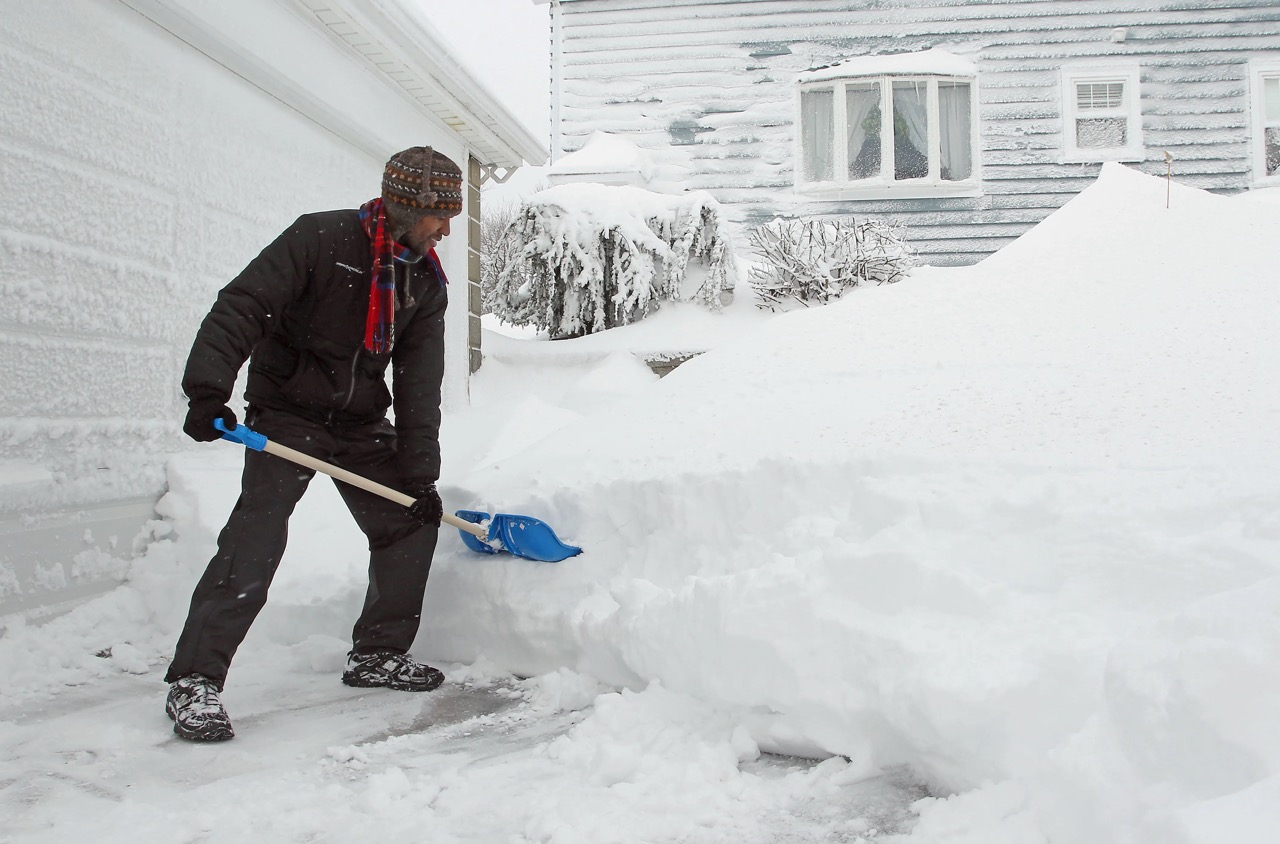
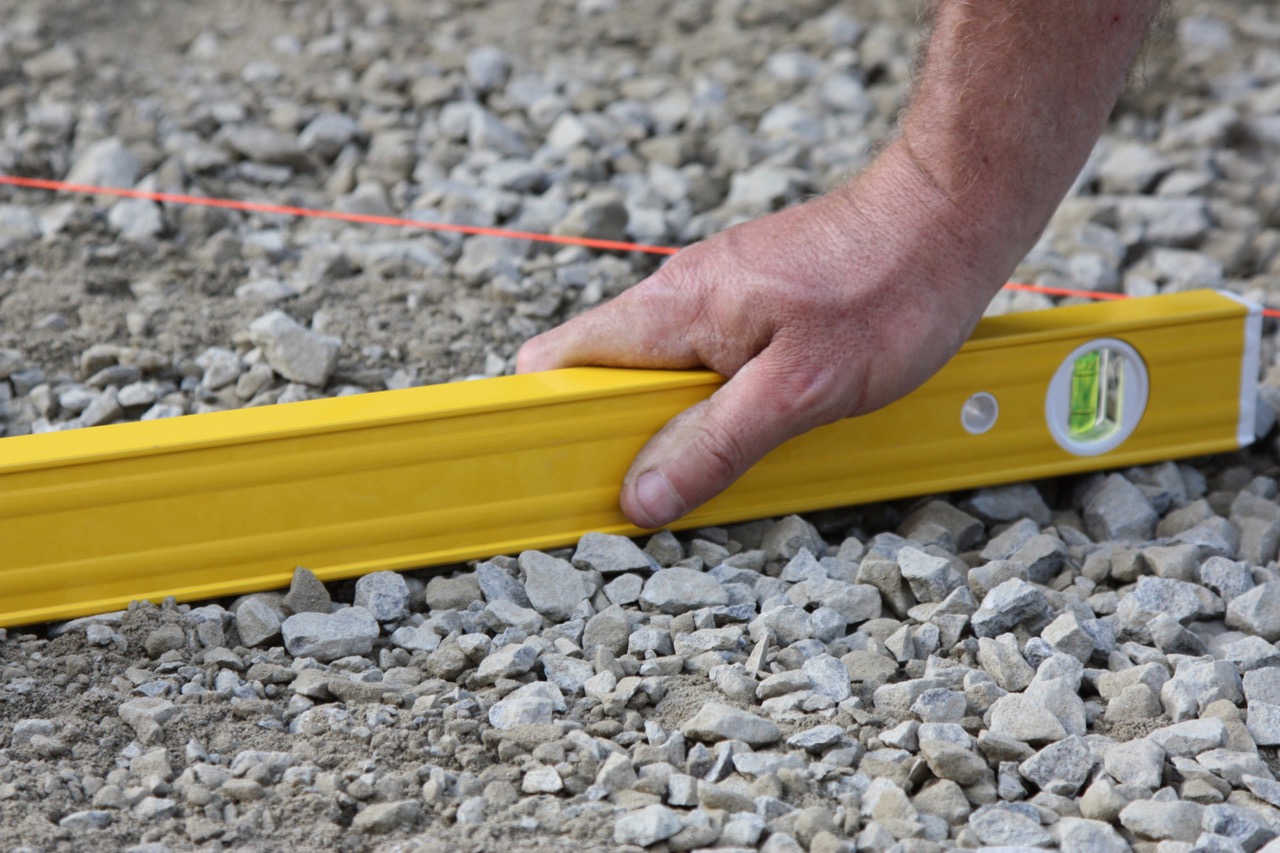
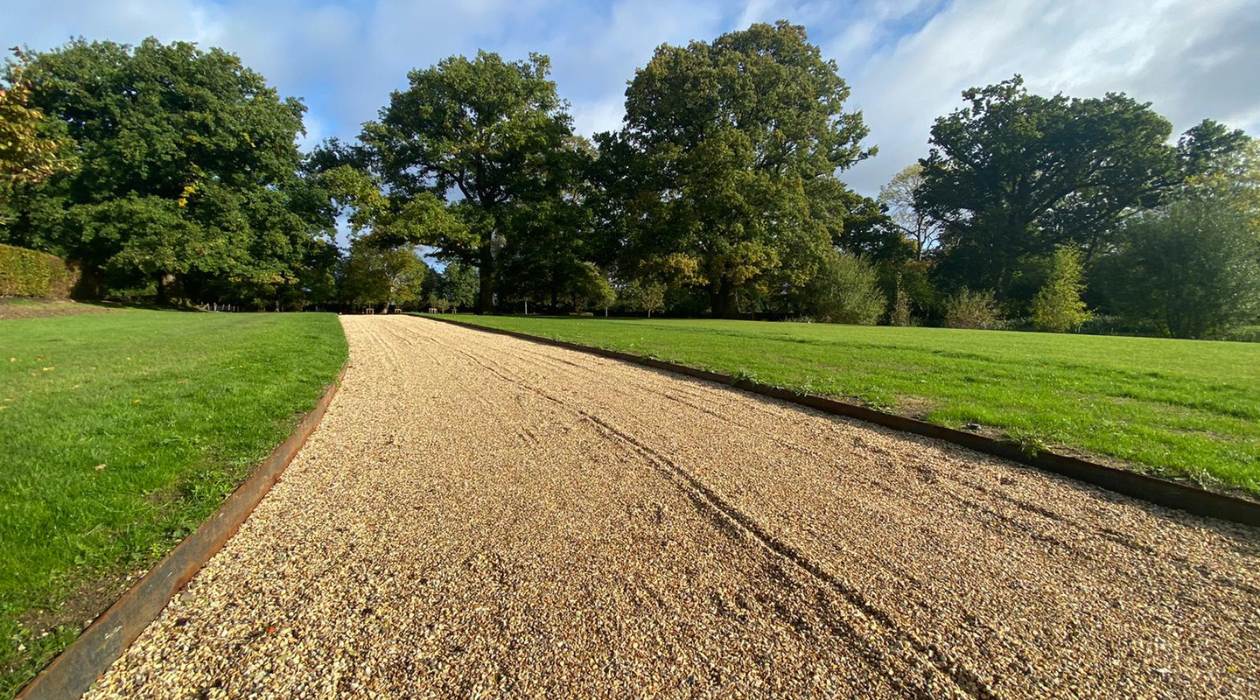
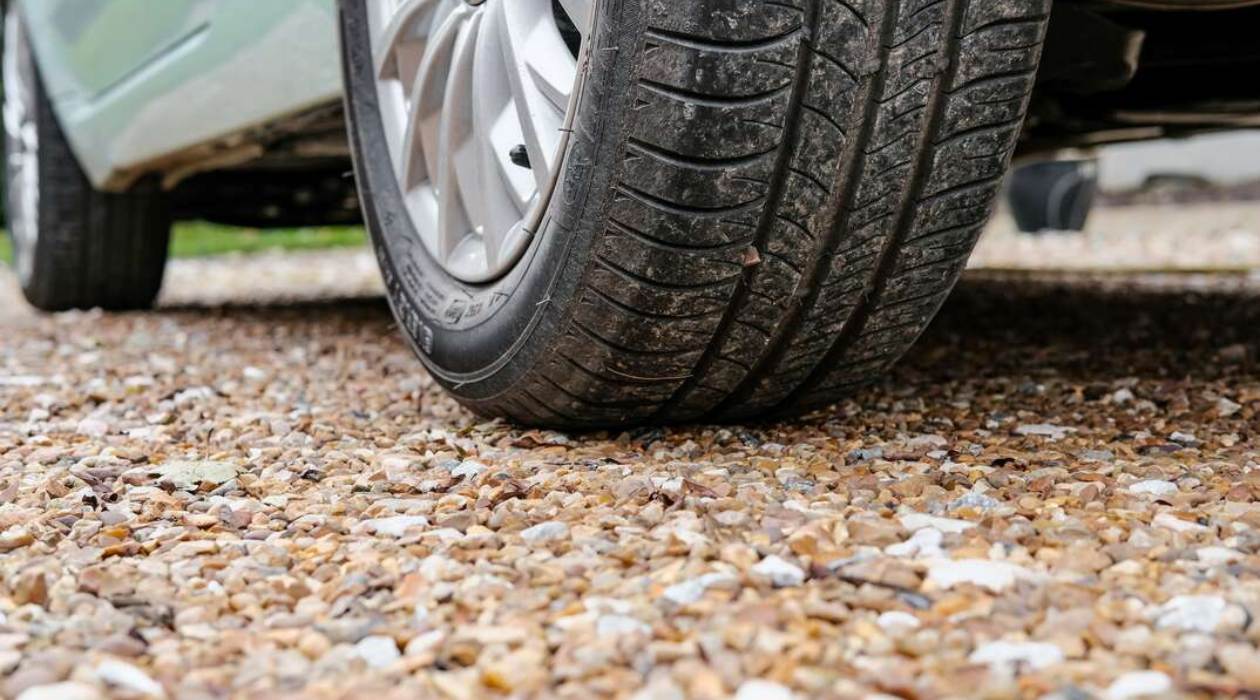
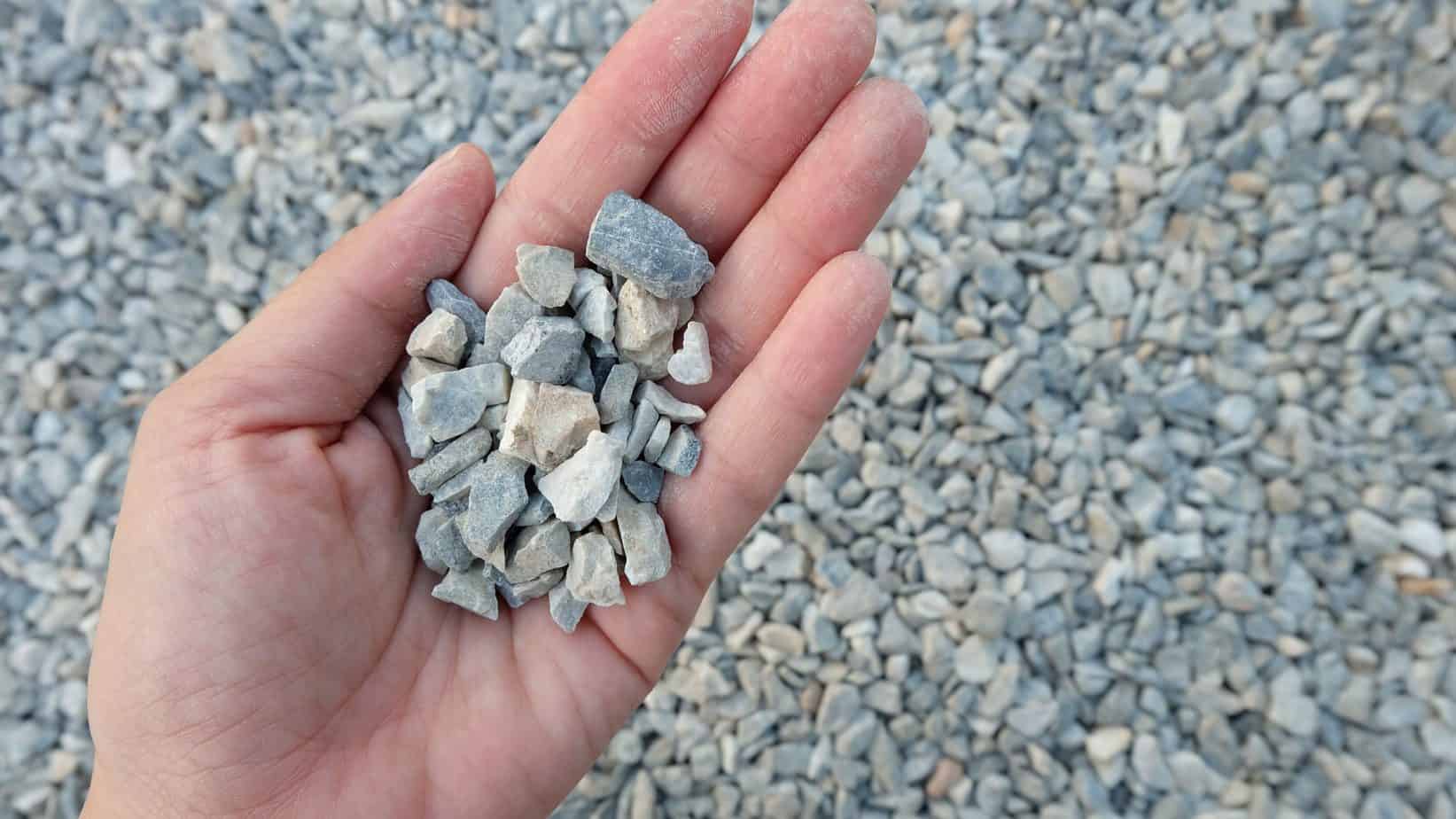


0 thoughts on “How To Keep A Gravel Driveway From Washing Out”